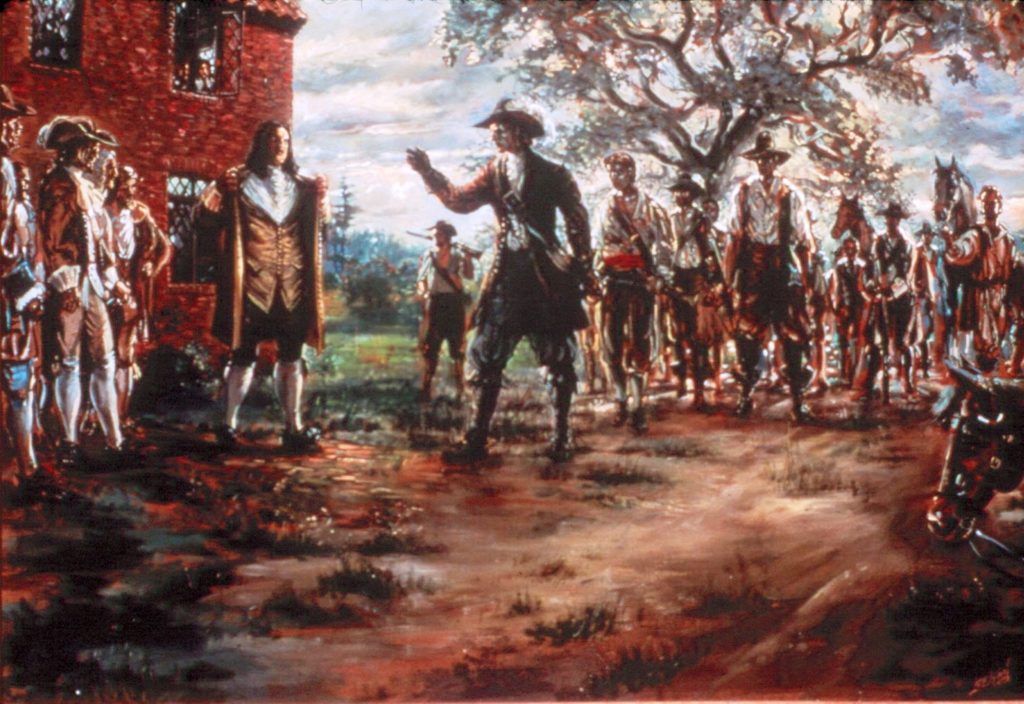Editor’s Note: Beast Life author, Donner Schwanze, is shifting focus to more current events. Another Man of the West, Milo of Croton, will take over the Beast Life series. We think you will appreciate his insights and suggestions for developing your physical abilities.
An Introduction to Grip Strength
Both of my grandfathers were farmers. One was the son of Czech immigrants, and the other the descendants of Irish settlers. These men were as different as two men could be. The Czech was a kind but stoic person, a large man who shunned attention, and crowds. He was cerebral man who was constantly reading about new techniques in crop rotation, farm machinery and heirloom seeds. The other was an emotional, volatile man who loved talking to strangers, and anyone who listen about his latest political musings. These two men were as different as two men could be. However, they shared something in common. Both over the course of their lives had developed a vice-like grip. The Czech had very large hands (his wedding ring was over an inch in diameter); the Irishman had average to small hands, but both were able to apply tremendous force to any application necessary.
 Tales of grip, and old time strongman feats were a cherished part of my childhood. They told me tales of men who could pick up an anvil by the horn, and bend horseshoes. These tales, in part, fueled my own desire to develop a powerful grip. I requested department store style grippers for my tenth birthday, and I’ve been an avid grip enthusiast since.
Tales of grip, and old time strongman feats were a cherished part of my childhood. They told me tales of men who could pick up an anvil by the horn, and bend horseshoes. These tales, in part, fueled my own desire to develop a powerful grip. I requested department store style grippers for my tenth birthday, and I’ve been an avid grip enthusiast since.
Grip is arguably the most important aspect of a man’s strength. If a man has above average grip strength, it follows that he most-likely has above average overall body strength. The modern day gym attendee can have muscle definition, and look the part of a powerful man, but unless he trains exercises without the benefits of lifting straps, and incorporates exercises like pull-ups, he will not have a powerful grip.
There are 3 types of grip strength: Crushing grip, Pinching grip, Supporting grip. In addition to the three main types, there’s a fourth that is related to grip, forearm strength.
Crushing grip is the type of grip strength that most people are most familiar with. This is handshake strength. A dynamometer is a medical device designed to measure hand strength. The average man can produce about 115 pounds on a dynamometer. I would estimate that a farmer or blacksmith from yesteryear could probably squeeze out at least 200 pounds on this device. Time and technology has made us soft.
Pinch grip is the ability of the thumb to apply force inward towards the palm. This grip is useful to climbing, martial arts and other sports. It’s also the subsection of grip strength that’s most neglected.
Supporting grip strength is the ability to sustain a closed hand around an object for an extended period of time. It’s an activity the average gym goer would excel at, as long as he did not rely on lifting straps.
Forearm strength is the ability to exert force on the object that you have tightly gripped. An example of this would be tearing a pack of playing cards in half, or bending a 60 penny nail.
Most money making activities important to your life include the use of your hands, and therefore I will include the important warm up activities, and most importantly the frequency of these exercises, in order to keep the injuries at bay.
In this series on grip, I’ll be starting with the basics that will be more than enough to have powerful hands. Eventually, I’ll wade into the advance grip activities that separate a powerful grip from a true grip master.
The question you have to ask yourself is: do I want a grip that could save my life in a violent struggle, or do I want to be a soft, effeminate man that when asked to open a jar of tofu (or whatever these Pajama Boy types eat) resorts to running it under hot water? The answer is up to you.










5
[…] the least glamorous of the three grip types. Please refer back to my previous grip articles here, here and here. Among grip experts, the consensus is that in order to maintain good hand health, […]